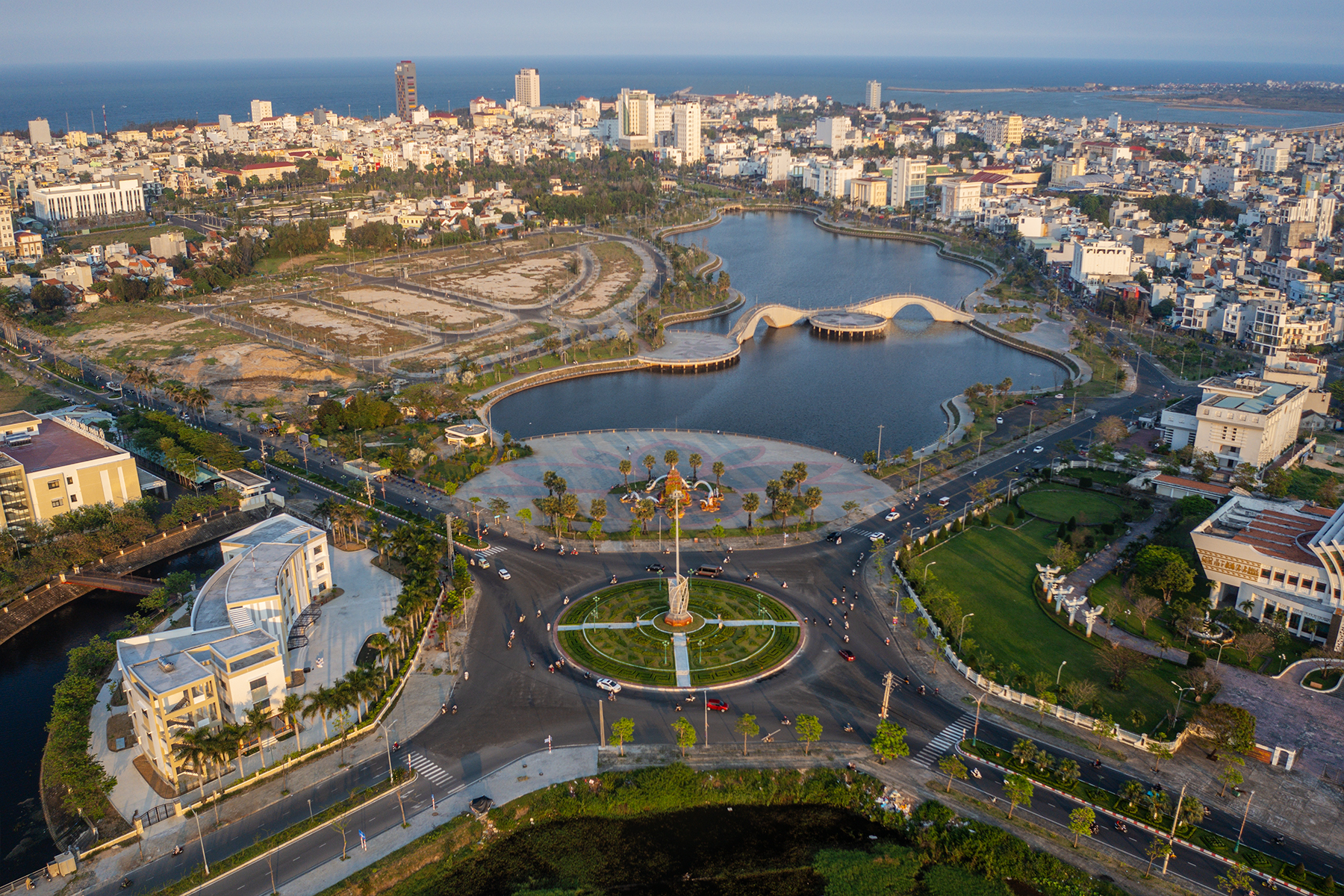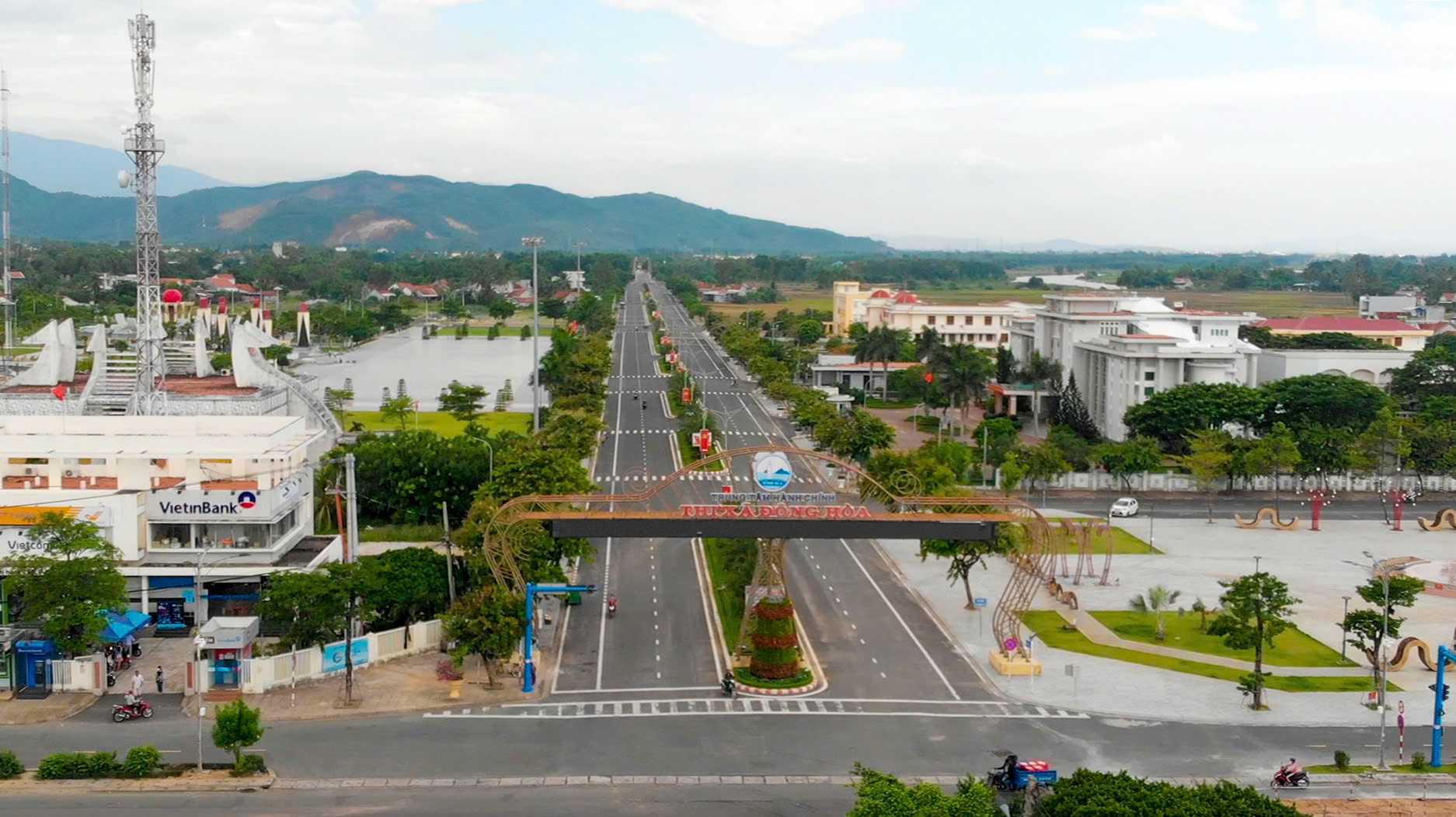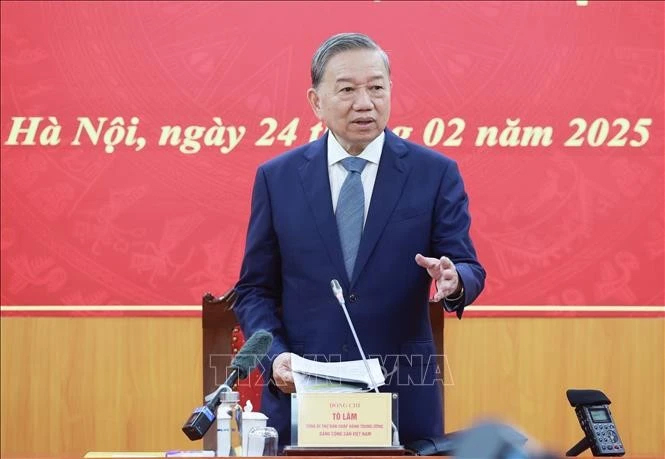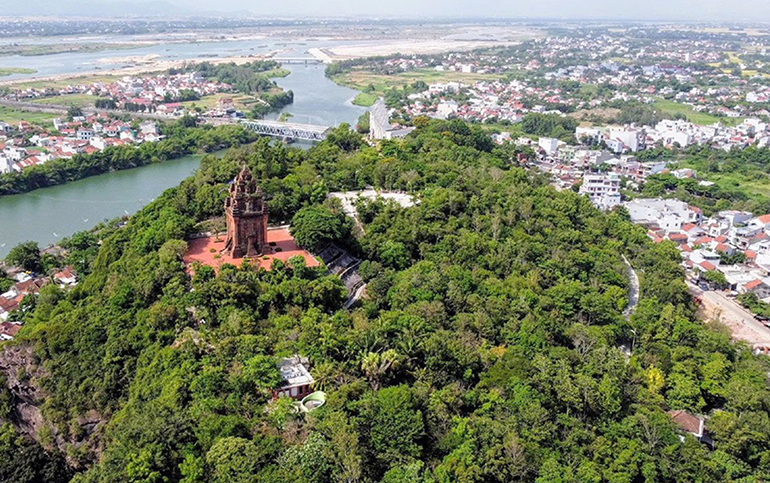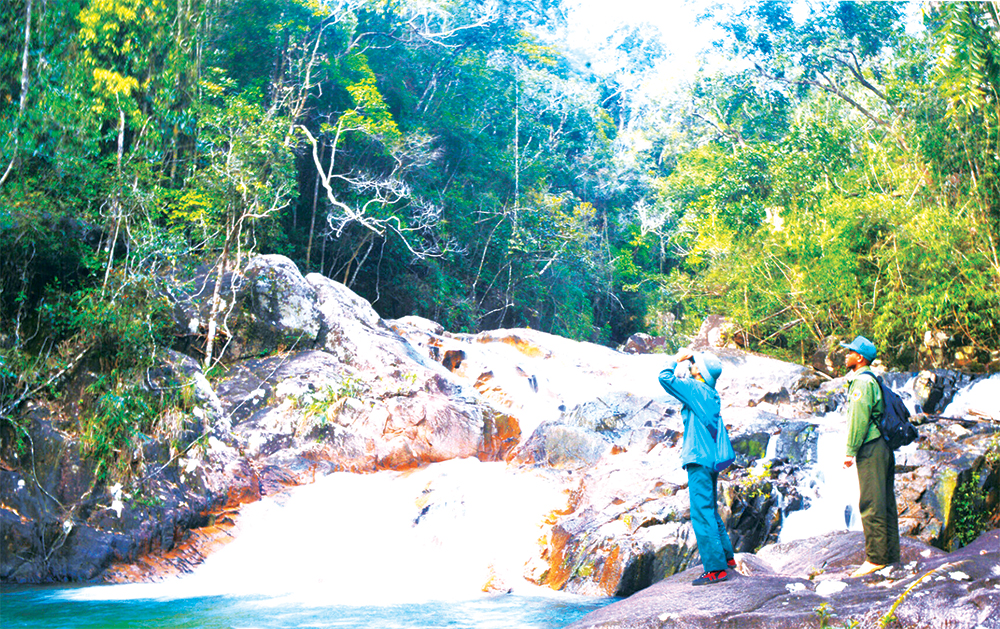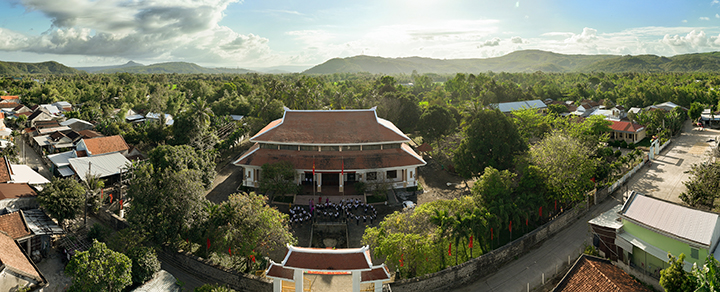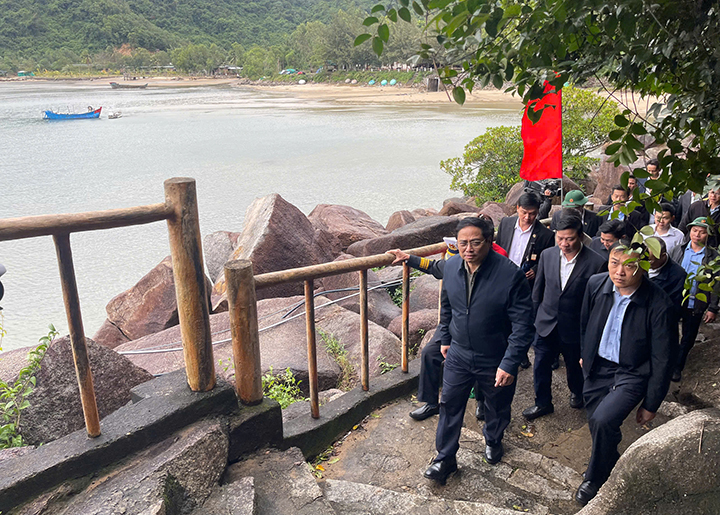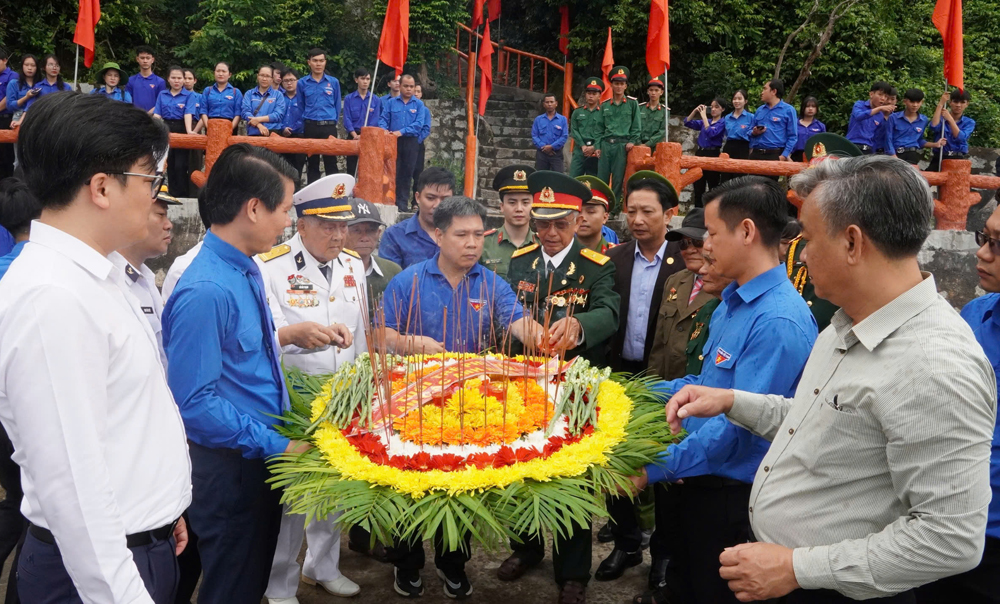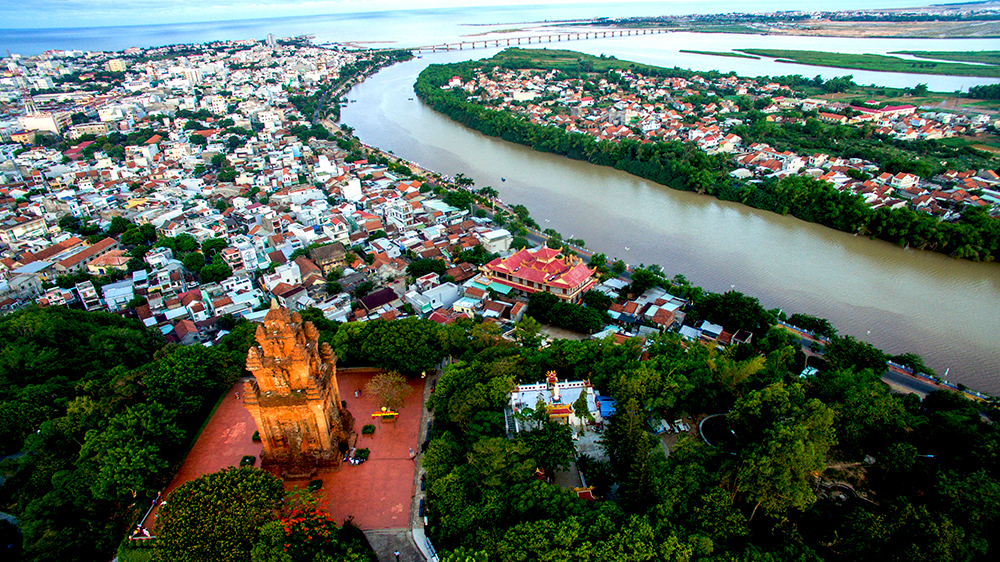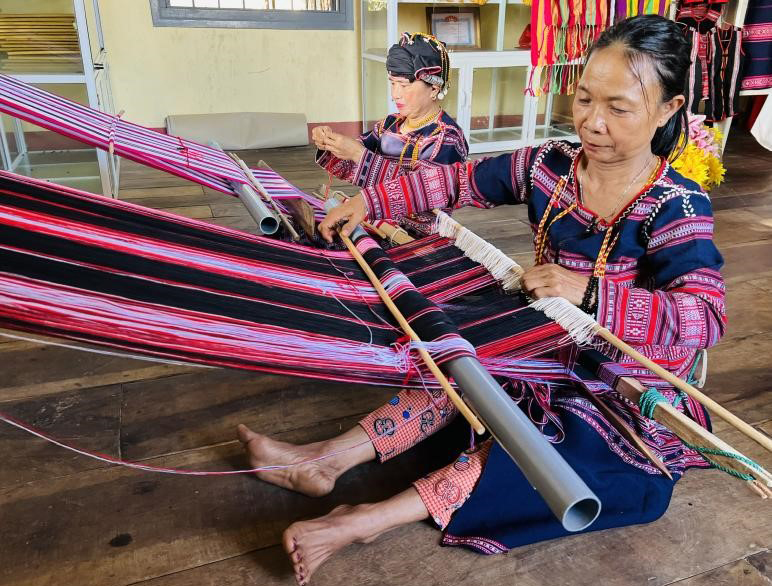Once a primarily agricultural district with numerous difficulties, Dong Hoa has gradually developed itself with an invested infrastructure system; residents' lives have been improved.
The Office of the Party Central Committee has announced the conclusions of General Secretary To Lam following his working session with the committee’s Commission for Policies and Strategies.
In the Ede and Gia Rai languages, Nhan tower is called Kohmeng tower, Cham Pa tower. The tower was built in the late 11th century and early 12th century, as a place to worship Thien Y A Na. This is a typical architectural work of the ancient Cham people, demonstrating the brilliant development of civilization in Southeast Asia, the intersection of two great cultures of India and Dai Viet into Cham Pa architectural culture.
Phu Mo commune (Dong Xuan district) is one of the localities with the largest natural forest in the province, with about 17,000 hectares. This forest area borders districts of Kong Chro and Ia Pa (Gia Lai). According to the provincial Forestry secotr, this natural forest is an invaluable asset of the Phu Yen ecosystem, with multi-layered forest vegetation, including numerous precious trees with large diameters of 50-100cm such as: chestnut, javanica, madhuca, canarium, white brooch......





